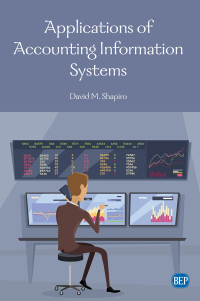Question
Create an LP spreadsheet model for the following problem and solve it with Solver. A startup company is expecting an imbalance in its cash flow
Create an LP spreadsheet model for the following problem and solve it with Solver.
A startup company is expecting an imbalance in its cash flow over the coming months. The spreadsheet shows expected cash receipts and bills due monthly for the next year. The company has three borrowing options to meet its short-term cash deficiencies:
- They can borrow for 1 month at a time at 0.75% per month (1-month rate).
- They can borrow for 3 months at a time at 2.00% per 3 months (3-month rate).
- They can take out a 1-year loan of up to $300,000 one time at an annual rate of 5%. This loan would be available on January 1 and would be paid back on December 31st. Interest payments would have to be made monthly (the applicable monthly rate is 0.05/12).
The company can use any combination of these loan options to meet its cash requirements.
For the 1-month and 3-month loan options, money can be borrowed at the beginning of any month and then must be repaid, with interest, at the beginning of the month in which the obligation is due. For example, if $100,000 is borrowed on a 3-month loan at the beginning of January, then $102,000 must be repaid at the beginning of April (the money would be available for use in January, February and March).
The company can borrow up to $100,000 per month on the 1-month loan and up to $250,000 per month on the 3-month loan. However, the total amount borrowed in any month, adding both the 1-month and 3-month loans together, cannot exceed expected cash receipts for that month.
The company currently has $30,000 on hand and wants to maintain a minimum ending cash balance of at least $10,000 each month. They want to make a plan in which all loans are repaid by the end of year (this implies, for instance, the last time they can borrow on a 3-month loan is at the beginning of September). The company's objective is to plan borrowing for the next year in a way that meets cash requirements and minimizes total interest paid over the year.

Step by Step Solution
There are 3 Steps involved in it
Step: 1

Get Instant Access to Expert-Tailored Solutions
See step-by-step solutions with expert insights and AI powered tools for academic success
Step: 2

Step: 3

Ace Your Homework with AI
Get the answers you need in no time with our AI-driven, step-by-step assistance
Get Started


